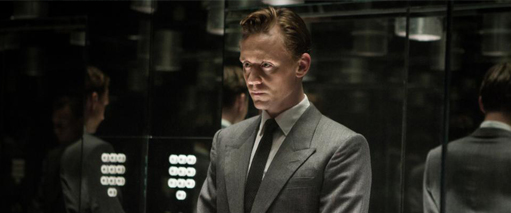Film Review: High-Rise
Apartment Living Falls Apart In Energetic Adaptation Of Cult Classic


Latest Article|September 3, 2020|Free
::Making Grown Men Cry Since 1992

